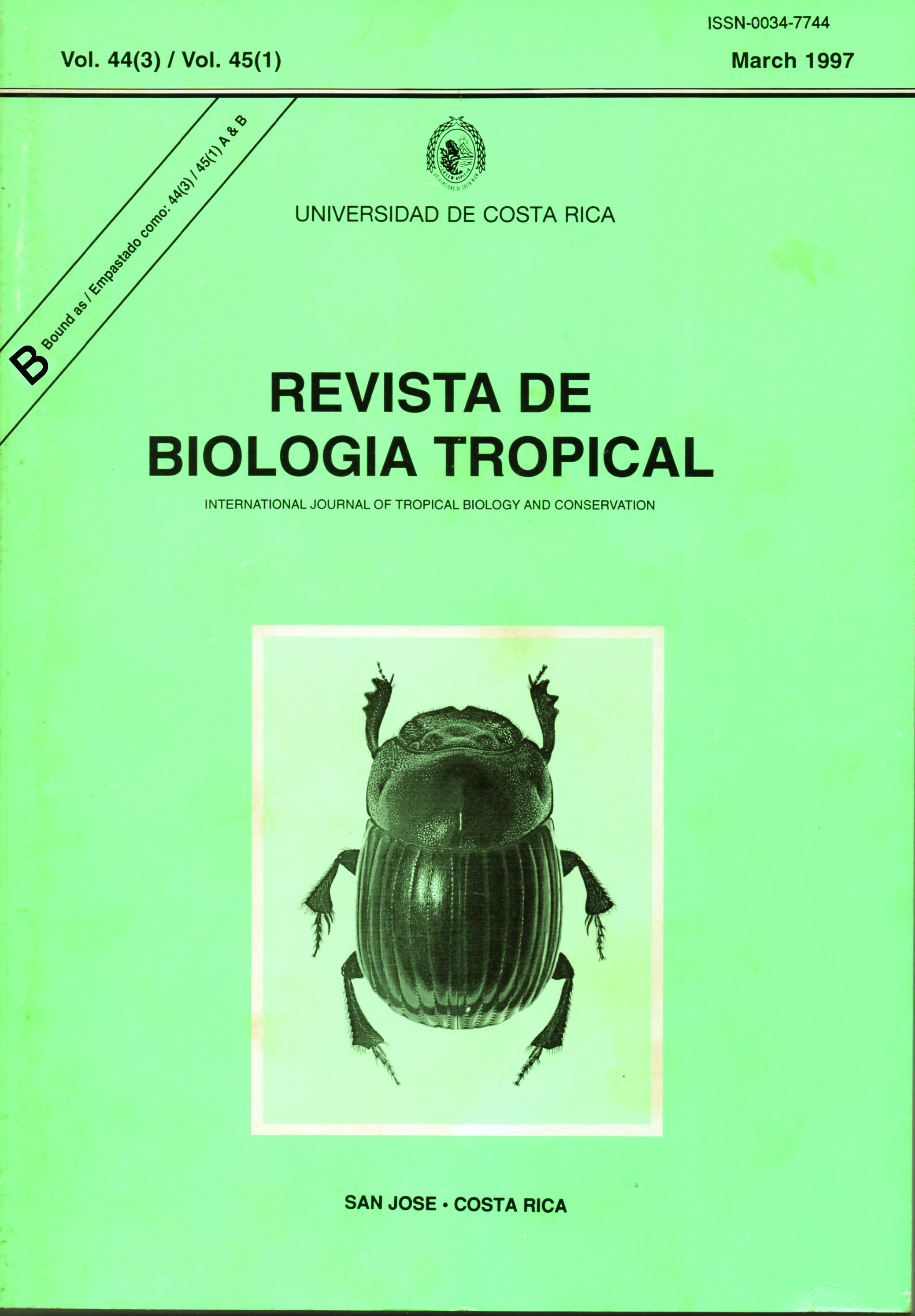Abstract
Trypanosoma rangeli experimental murine infections were peñormed in order to study parasitemias and anti-parasite antibody levels. Three groups of miee were used: a) miee infected with metatrypomastigotes derived from infected bugs; b) miee which received four reinoculations of metatrypomastigotes and c) miee immunosuppressed with cyclophosphamide. The results showed that bloodstream parasites can be found from the first day post inoculation reaching a peak at day 5 or 7 and then start to decline. Parasites disappeared completely from the circulation after 20-25 days. However in the imunosuppressed group, parasites were found in blood up to 45 days post infection. The humoral immune response was monitored using an ELISA test and low levels of specific IgG and IgM immunoglobulins were found. However the IgG titers were lower than the IgM. One could conclude that IgM was the predominant immunoglobulin isotype induced in a T. rangeli experimental infection because the highest titers were observed in the reinoculated group. IgM antibodies a1so showed the most prominent crossreactivities with T. cruzi antigens.##plugins.facebook.comentarios##

This work is licensed under a Creative Commons Attribution 4.0 International License.
Copyright (c) 1996 Revista de Biología Tropical
Downloads
Download data is not yet available.


